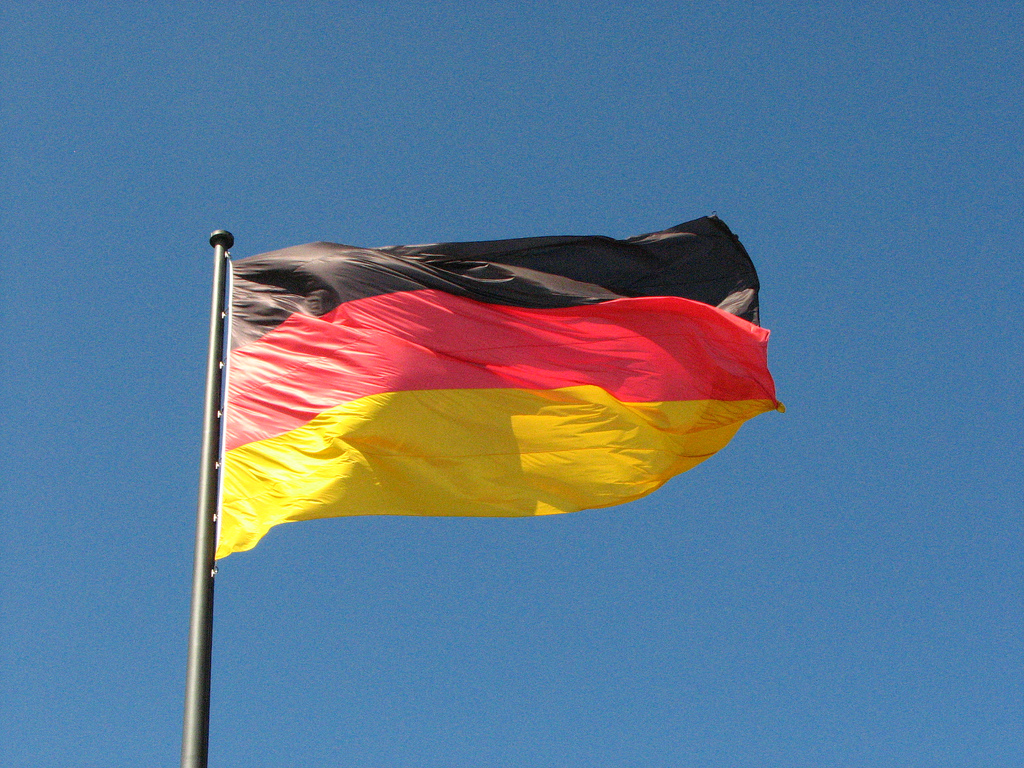On Thursday, the German Institute for Economic Research (Ifo) has published a study. The document showed that there is quite a significant gap in average wages preserving between East and West Germany. In 2010, the difference in salary between the east and west of the country amounted to € 5,3 per hour. This gap is closing slowly enough - from the beginning of the 2000s, it fell from 27% to 21%, i.e. the rate of an average of 1.7% per year. Thus, narrowing the gap would take several decades. "This situation will remain the same almost until 2070, when the gap will be reduced to less than 10%" at such rate", said the study's authors Jan Kluge and Michael Weber of Ifo.
According to the study’s authors, 11% difference in salary is obliged to the fact that companies in eastern Germany are often smaller than in the western part. 6% of the difference accounted for lower prices in East Germany. 5% of the difference still fall on the productivity of work. There is also a fairly significant gap caused by higher proportion of female workers in the east. There is still the difference in salary between men and women, and it is a little wider in East Germany - 9% vs. 7%, respectively. At the same time, these reasons for the differences account for less than 50% of the total wages gap. The rest falls on factors that cannot be accounted in the study, including work experience, age of the company, management structure and differences in remuneration scheme.
the Berlin Wall fell more than 26 years ago and Eastern Europe stepped on the capitalist path of development. Economists warned that it will be long before Eastern Europe is equal to the West. But, it turned out, not all former Soviet bloc countries had a common destiny.
The economic transformation of East Germany was the most successful. After the unification, the former East Germany immediately received excellent institutions with independent courts, democracy, and low corruption. Everything but productivity and wages was perfect. The gap showed up very large: wages and labor productivity in the east were two to three times lower than in the western part of the country. The unification has led to the migration of workers to West Germany (about 10% of the population of the former GDR). However, huge amounts of capital inflows to the east (about € 80-90 billion annually) took its toll – the salaries got closer by 2005 (75% of the level in West Germany, against 50% in 1991). Alignment of salaries led to a decrease in migration in the 2010s. Of course, the gap between east and west Germany still remains, but now it’s more like a regional difference in the Western European countries (e.g. Belgium, Italy or Spain).
source: spiegel.de
According to the study’s authors, 11% difference in salary is obliged to the fact that companies in eastern Germany are often smaller than in the western part. 6% of the difference accounted for lower prices in East Germany. 5% of the difference still fall on the productivity of work. There is also a fairly significant gap caused by higher proportion of female workers in the east. There is still the difference in salary between men and women, and it is a little wider in East Germany - 9% vs. 7%, respectively. At the same time, these reasons for the differences account for less than 50% of the total wages gap. The rest falls on factors that cannot be accounted in the study, including work experience, age of the company, management structure and differences in remuneration scheme.
the Berlin Wall fell more than 26 years ago and Eastern Europe stepped on the capitalist path of development. Economists warned that it will be long before Eastern Europe is equal to the West. But, it turned out, not all former Soviet bloc countries had a common destiny.
The economic transformation of East Germany was the most successful. After the unification, the former East Germany immediately received excellent institutions with independent courts, democracy, and low corruption. Everything but productivity and wages was perfect. The gap showed up very large: wages and labor productivity in the east were two to three times lower than in the western part of the country. The unification has led to the migration of workers to West Germany (about 10% of the population of the former GDR). However, huge amounts of capital inflows to the east (about € 80-90 billion annually) took its toll – the salaries got closer by 2005 (75% of the level in West Germany, against 50% in 1991). Alignment of salaries led to a decrease in migration in the 2010s. Of course, the gap between east and west Germany still remains, but now it’s more like a regional difference in the Western European countries (e.g. Belgium, Italy or Spain).
source: spiegel.de



















